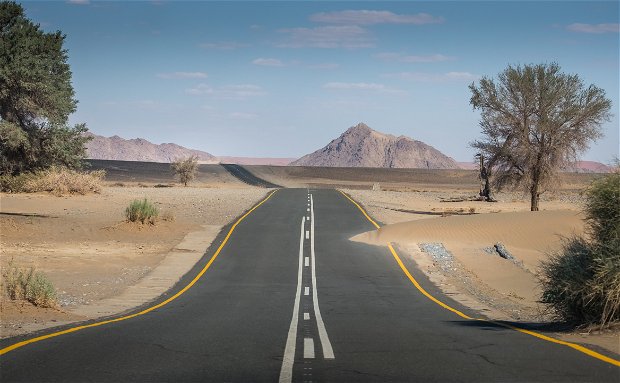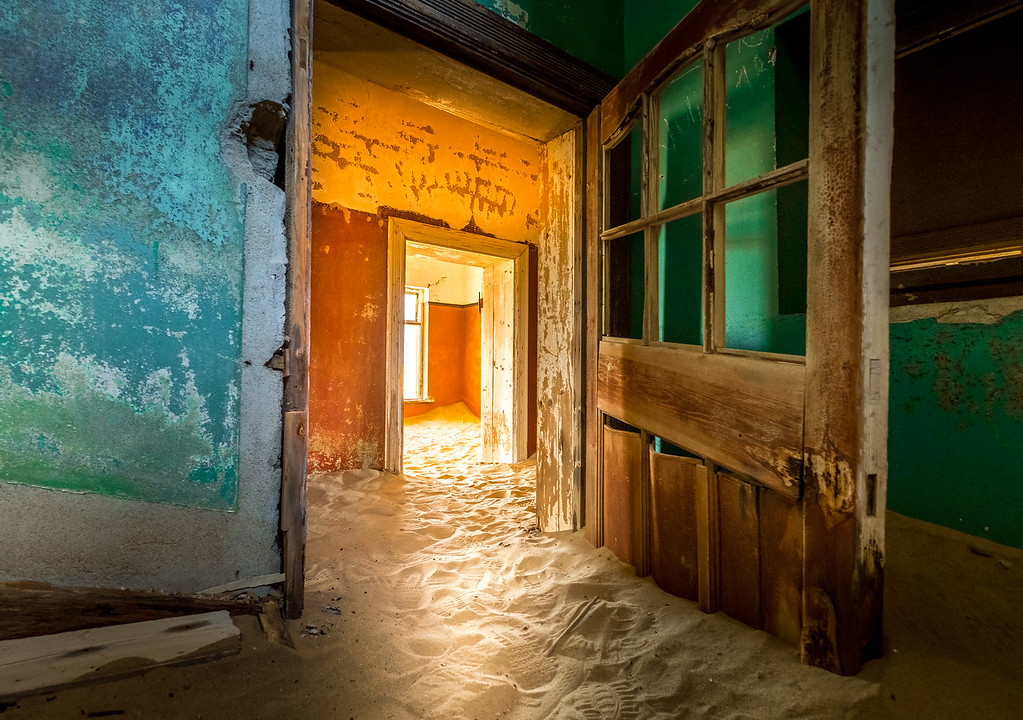Beyond Safaris: Namibia's Thriving Arts and Culture Scene

Namibia is well-known for its breathtaking landscapes but also has a vibrant arts and culture scene worth exploring. Namibia's cultural landscape is captivating and unique, from traditional arts and crafts to contemporary art and music.
A Symphony of Traditional Music and Dance

Traditional music and dance forms have played an essential role in Namibia's history and continue to thrive today. For generations, communities such as the Himba and San have kept these art forms alive and continue to be an essential part of their way of life. These traditional forms of music and dance are captivating and tell a story about Namibia's rich cultural heritage.
Aside from the Himba and San communities, visitors can learn about other Namibian traditional music and dance forms. For example, the Oviritje dance and music style is popular among the Herero people. The dance involves people moving in a circle while clapping their hands and singing.
Contemporary Art in Namibia
Namibia's contemporary art scene is also thriving, with a thriving art gallery and street art culture. The expression of modern Namibian identity through various art forms reflects the country's cultural diversity and the people's unique perspectives.
The National Art Gallery of Namibia in Windhoek is a must-see for art enthusiasts. The gallery features rotating exhibitions of local and international artists. The Owela Museum, also found in Windhoek, exhibits Namibian art, history, and culture.
Another emerging trend in Namibia's urban centres is street art. Windhoek's walls are covered in colourful murals reflecting the city's cultural diversity and people's struggles and aspirations.
Literature and Storytelling Traditions

The rich storytelling traditions of Namibia date back centuries, with ancient tales passed down through generations. Thanks to their distinct perspectives and voices, Namibian authors and storytellers are making waves on the international stage today.
Neshani Andreas is a well-known author who has written several books about Namibia's history and culture. Veraa Katuuo, for example, writes about modern life in Namibia, particularly the experiences of young people.
Cultural Festivals and Events
Namibia's cultural calendar is jam-packed with festivals and events that celebrate its people's diversity. These events, ranging from the vibrant Windhoek Carnival to the Damara Cultural Festival, provide a glimpse into Namibia's cultural tapestry.
The Ongwediva Annual Trade Fair, held each August, is one of the most popular festivals. The fair celebrates Namibian culture by showcasing traditional food, music, and dance. Another must-see event for music fans is the Windhoek Jazz Festival, which takes place in November.
Architectural Narratives: Preserving Heritage

Namibia's architecture reflects the country's diverse cultural influences, ranging from colonial-era structures to modern designs. The government also works to preserve and celebrate its architectural heritage, with many historic structures being restored and repurposed for everyday use.
Windhoek's Christuskirche is a stunning example of colonial-era architecture. At the same time, Swakopmund's Old Fort is a reminder of the country's German colonial past. Visitors to the coastal town of Lüderitz can explore the restored Art Nouveau-style buildings from the early twentieth-century diamond rush.
Craftsmanship and Handicrafts
Another aspect of Namibia's rich cultural heritage is its craftsmanship. These traditional skills, ranging from intricate beadwork to woodcarving, are being passed down and adapted to modern tastes. This results in a one-of-a-kind and diverse collection of handmade crafts that are both beautiful and functional.
The Namibia Craft Centre in Windhoek is one of the best places to see Namibian craftsmanship. The centre sells a variety of handmade crafts, such as pottery, basketry, and textiles. Visitors can also observe artisans at work and even participate in workshops to learn these traditional ski techniques.
Multilingual Nation: Language as Art

In Namibia, language is also an art form, and the country's linguistic diversity is a source of pride. Indigenous languages are being preserved, and their importance in expressing cultural identity is becoming more widely recognised.
The two official languages of Namibia are English and Afrikaans, spoken by over 30 indigenous peoples. Visitors can learn more about these languages by exploring the country's linguistic landscape, including street signs and place names.
Culinary Arts: Namibian Flavours

Namibia's culinary arts are also worth investigating, with traditional dishes and flavour fusions distinguishing Namibian cuisine. Food plays a vital role in cultural celebrations, and trying local dishes is a great way to immerse oneself in Namibian culture.
Kapana, a traditional meat dish sold on street corners, is among the most popular dishes. Another traditional food is Oshifima and Ombidi, made from mahangu (millet) flour. Seafood dishes are also available in coastal towns such as Swakopmund and Lüderitz.
Interactive Cultural Experiences
There are numerous options for travellers seeking an immersive cultural experience, ranging from homestays with local communities to participation in traditional ceremonies. Exploring Namibia's arts and culture scene is a great way to get to know the country and its people.
The Damara Living Museum is one such experience, where visitors can learn about the Damara people's traditional way of life. Traditional huts, clothing, and crafts are displayed, and visitors can participate in traditional dances and music.
Why Explore Namibia's Cultural Scene
Exploring Namibia's arts and culture scene provides a unique perspective on the country and its people. It enriches a traditional safari adventure by providing visitors with a better understanding of the country's cultural heritage and people's struggles and aspirations.
Conclusion

The arts and culture scene in Namibia is a rich tapestry worth exploring. Traditional and contemporary art forms, literature and storytelling, cultural festivals and events, architecture, craftsmanship, language, culinary arts, and interactive cultural experiences all provide an insight into Namibia's cultural diversity.
Considering the country's thriving arts and culture scene, a trip to Namibia would be complete.

Share This Post